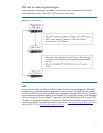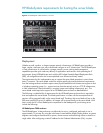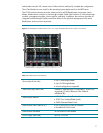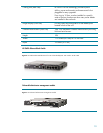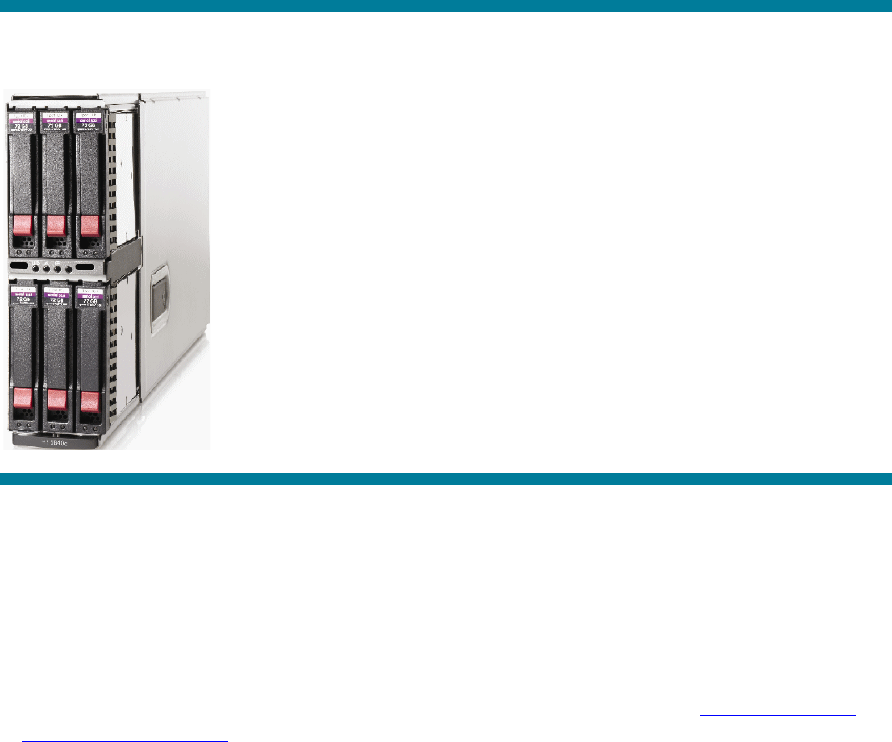
Figure 1. HP StorageWorks SB40c storage blade
Purpose of the provisioning server blade
The main purpose of the provisioning server blade is to provide the following service(s):
• Installation and deployment of applications to easily facilitate the management of your network in
today’s environment with the least amount of effort
• Automate provisioning of service/application/management updates using HP
ProLiant Essentials
Rapid Deployment Pack (RDP) on Industry Standard HP ProLiant servers
• Reduce the number of errors that may occur during manual installation or deployment processes
• Provide for the capture and storage of the newly deployed server’s configuration
• Provide DHCP/PXE/Database/File server (depending on your existing infrastructure)
The server blade may or may not provide a DHCP/PXE/Database/File server infrastructure for the HP
BladeSystem enclosure, depending on your existing network. These services may already exist within
your infrastructure, in which case the provisioning server blade would rely on their services. This
server blade specification does not address the scaling out of any of these services onto multiple
server blades. These services can be consolidated onto a single server blade or deployed on other
servers or server blades and turned off on the provisioning server blade. This specification is an
example of consolidating these services and, as such, does not focus on hosting any one of these
services for larger deployment scenarios where isolating a service for performance reasons would be
required.
If any one of these services’ CPU, memory or disk requirements exceeds the capacity of the
provisioning server blade configuration, then the service should be dedicated to a server that can
meet and exceed those requirements. HP recommends a proof of concept deployment to determine
exact solution and deployment details to meet the specific business need.
4








